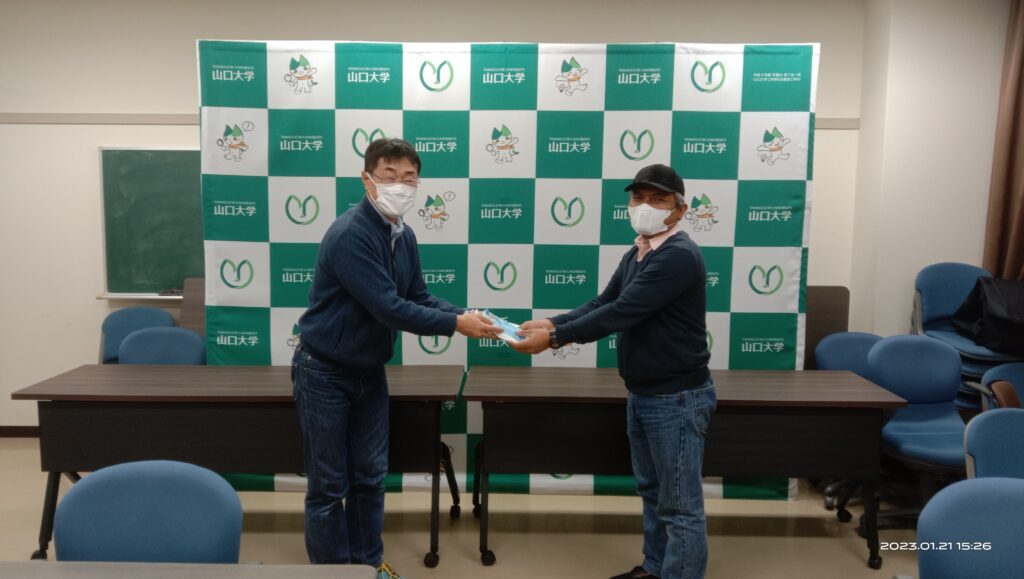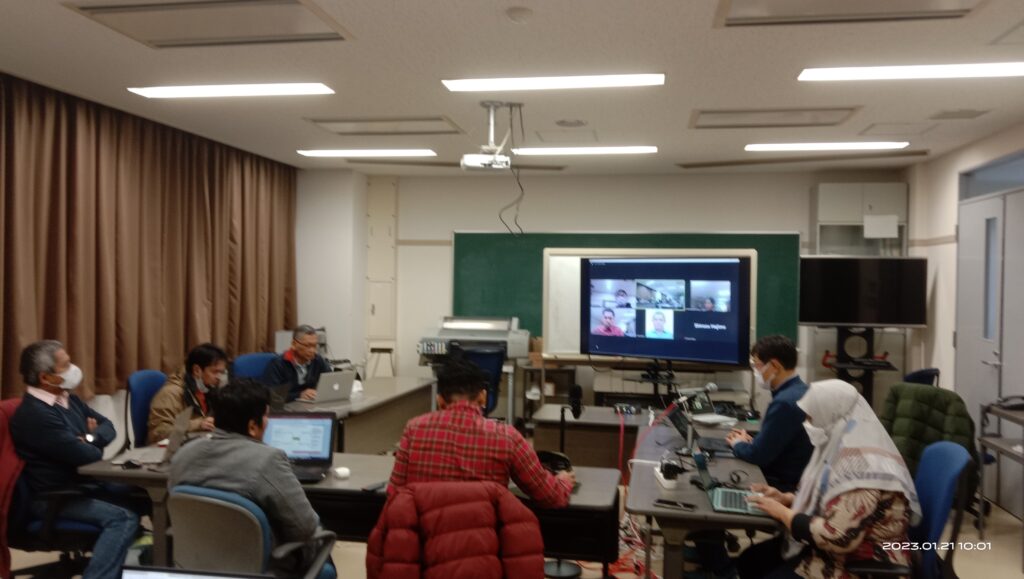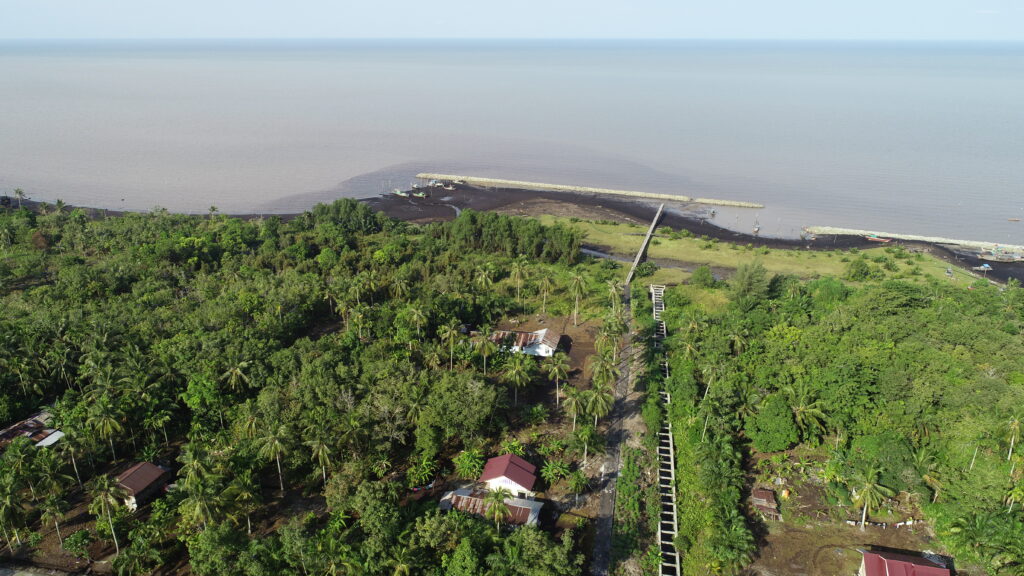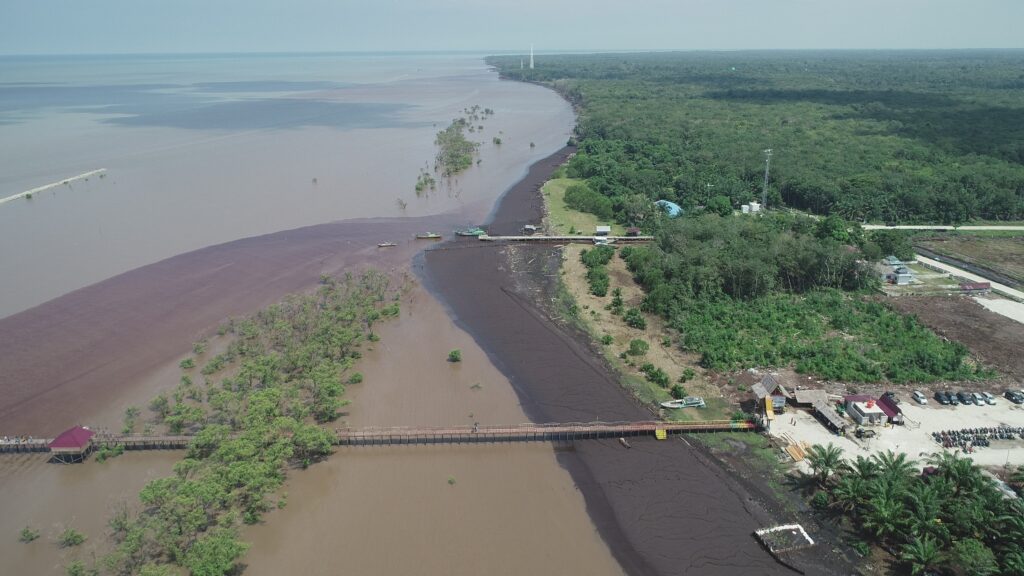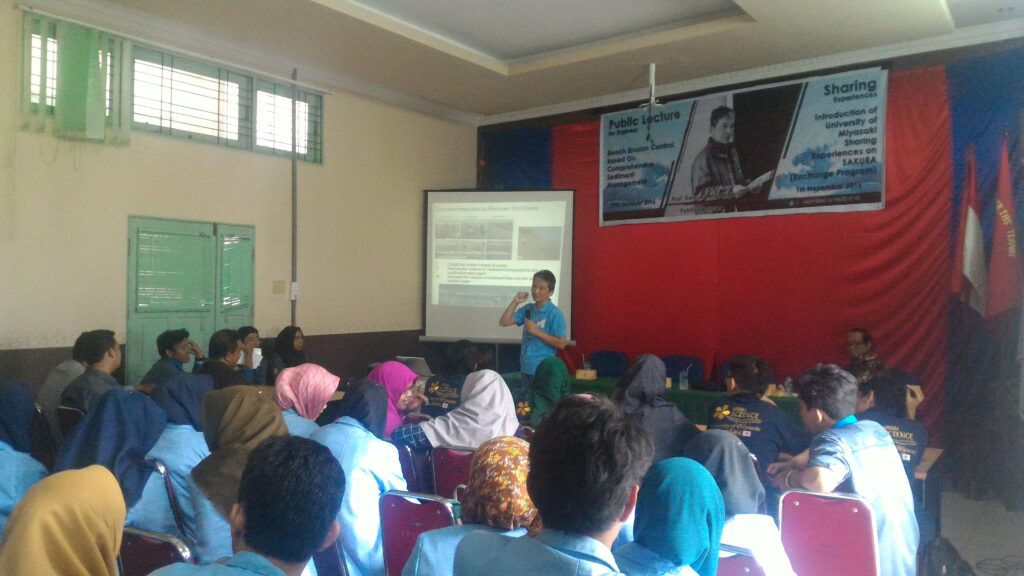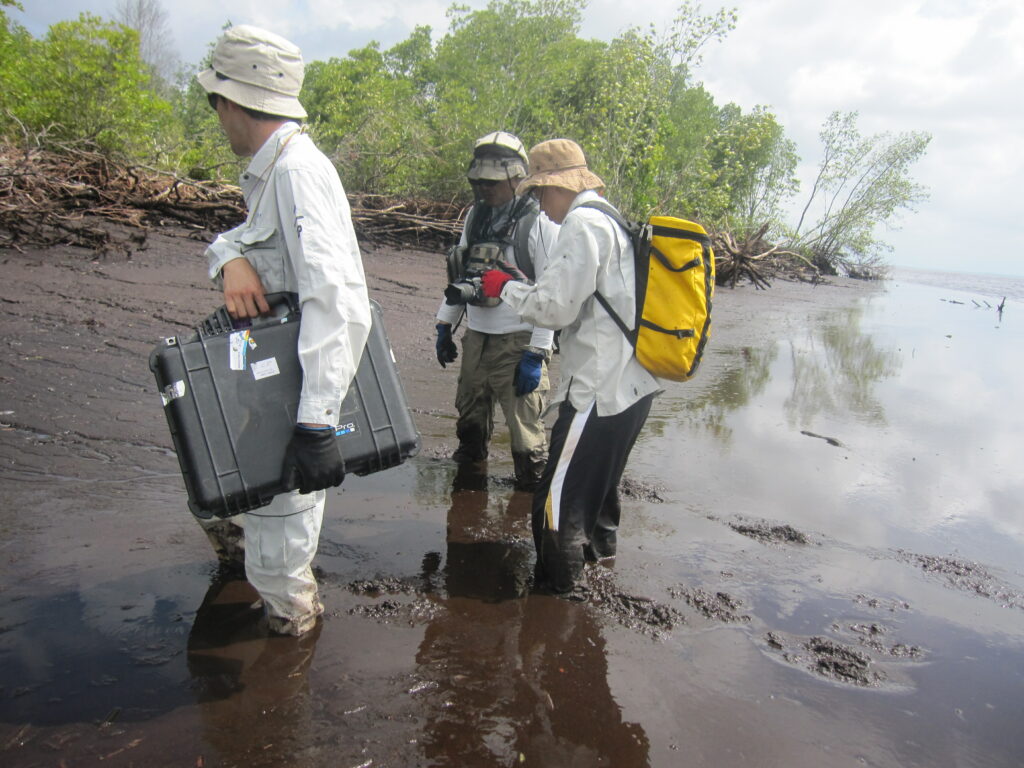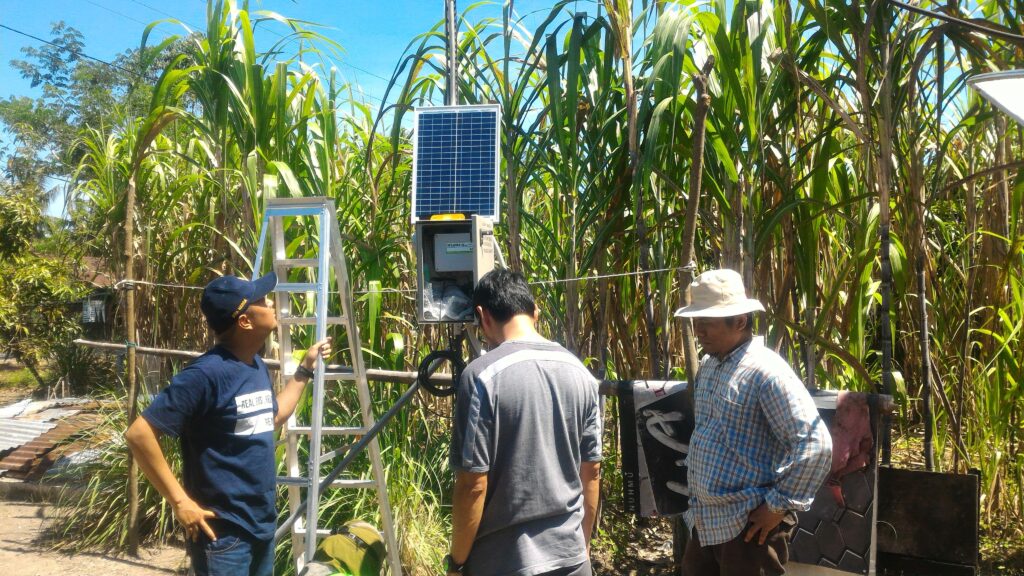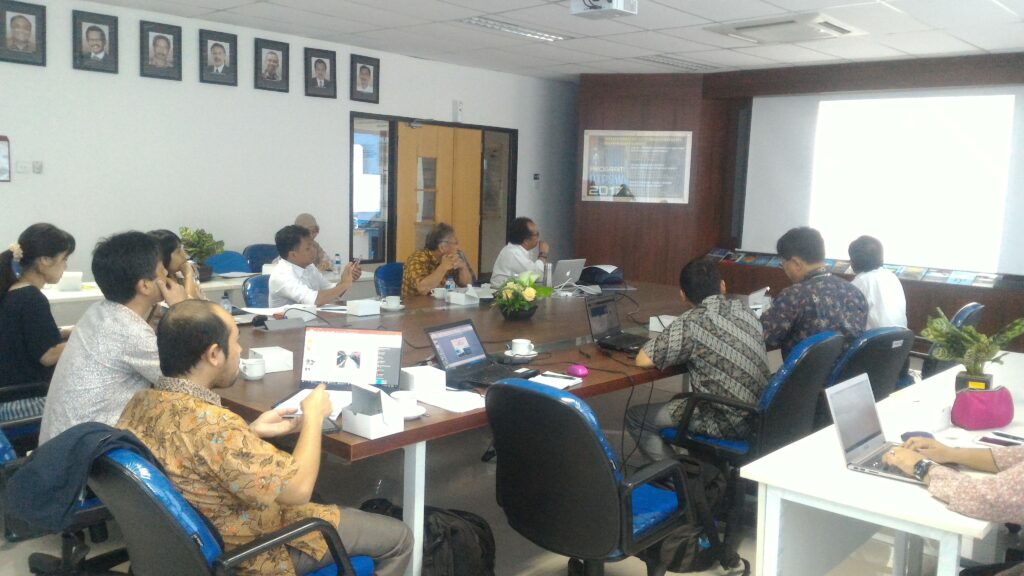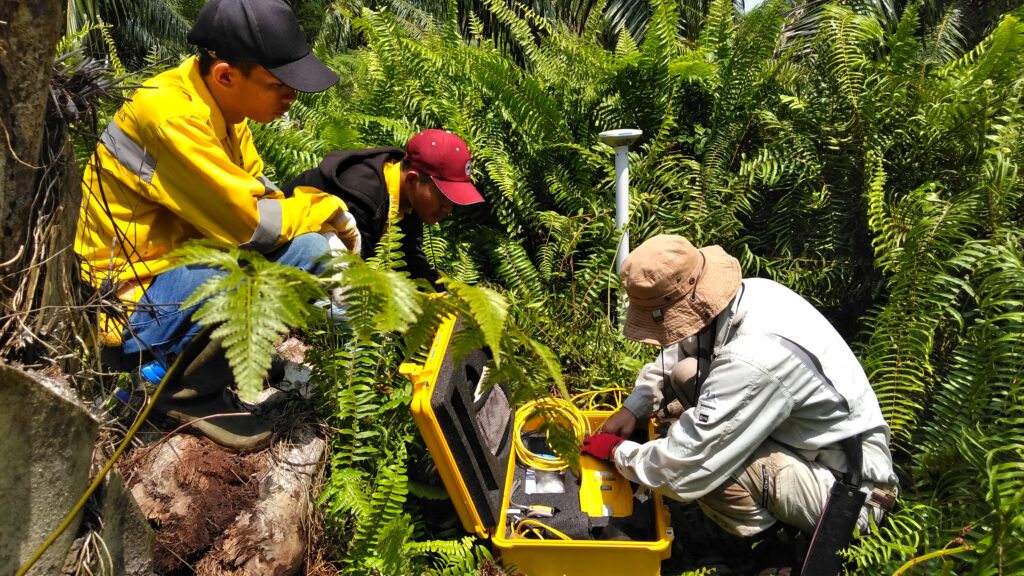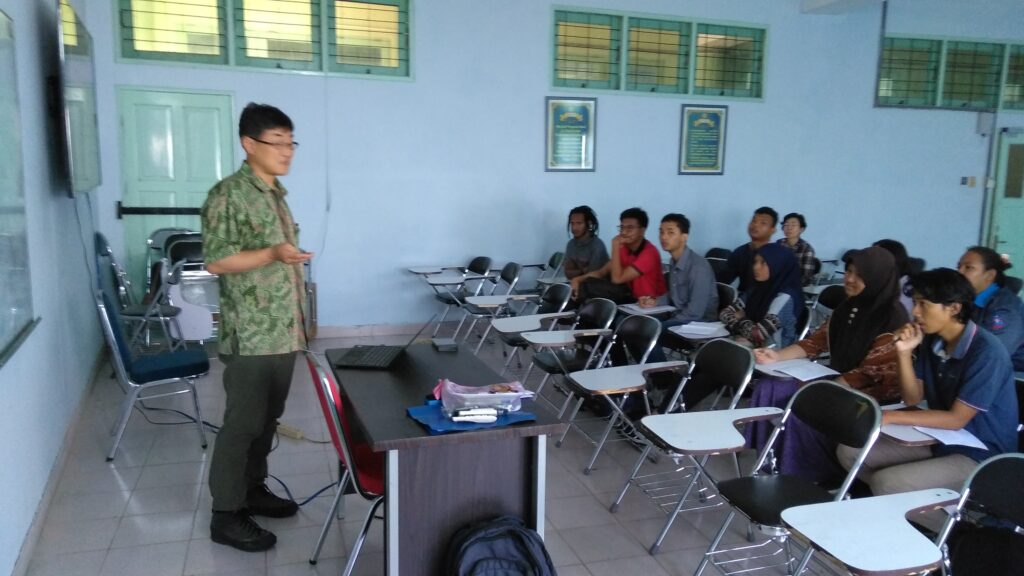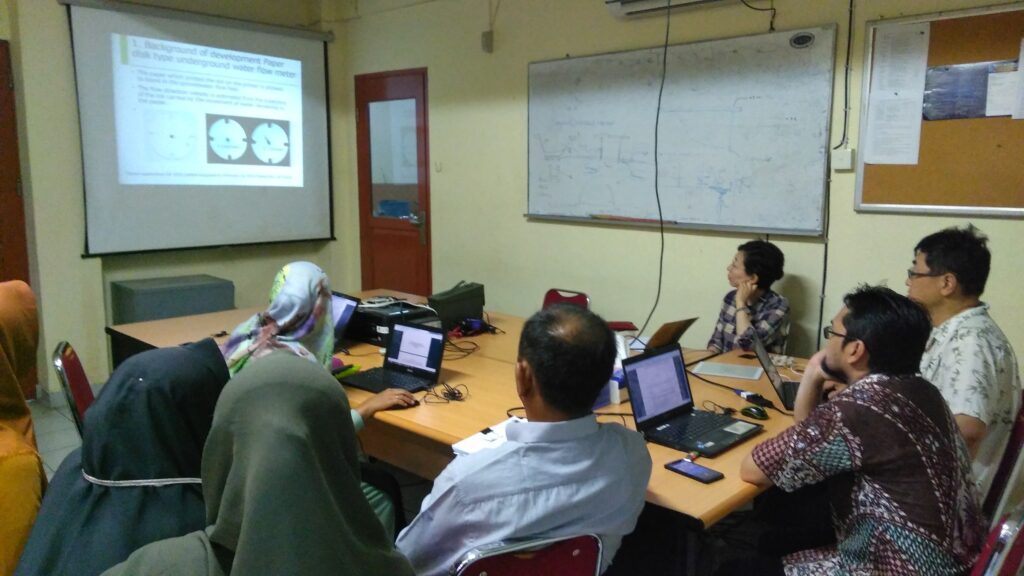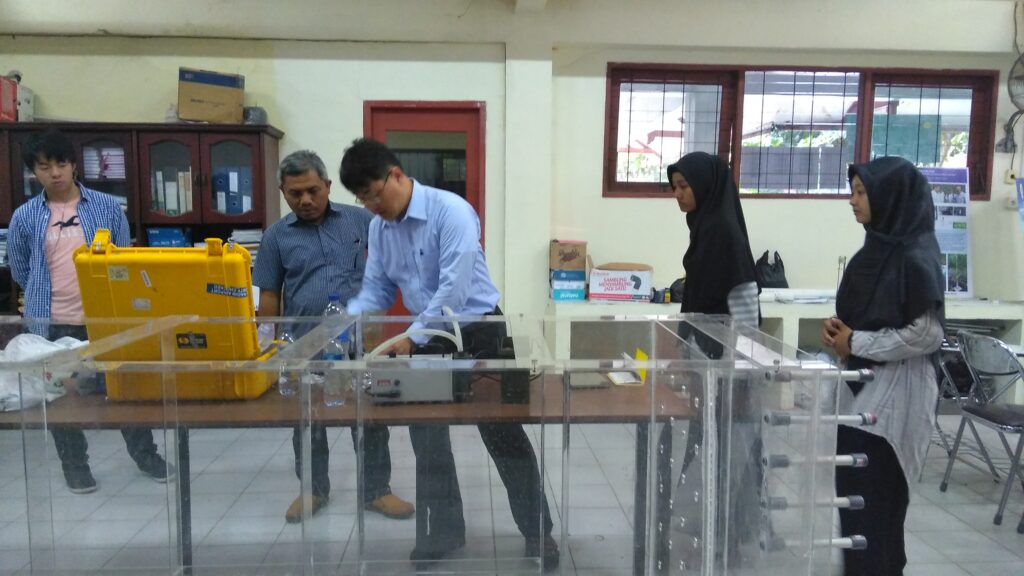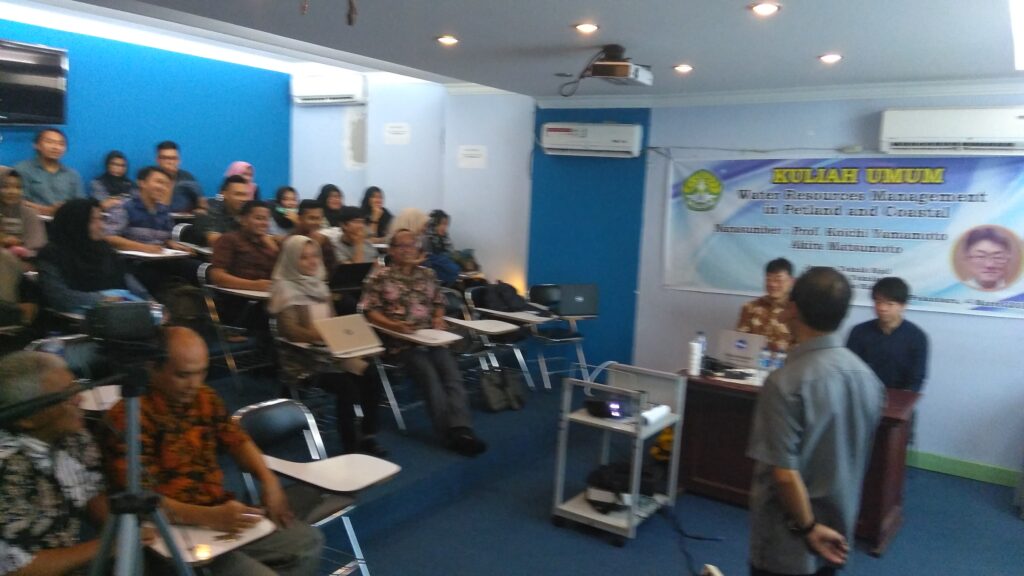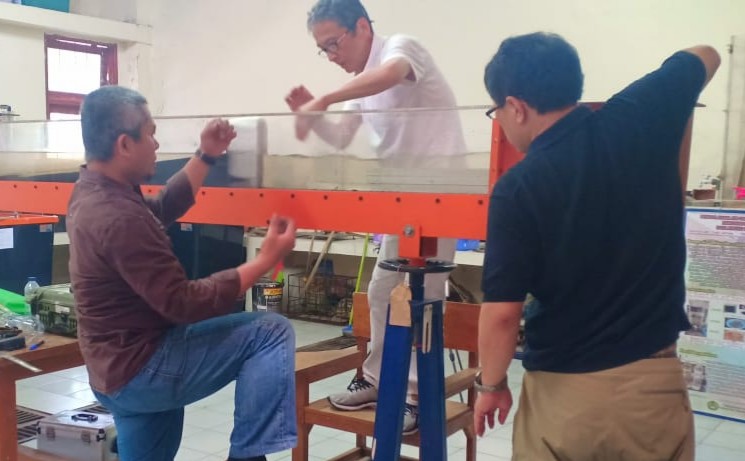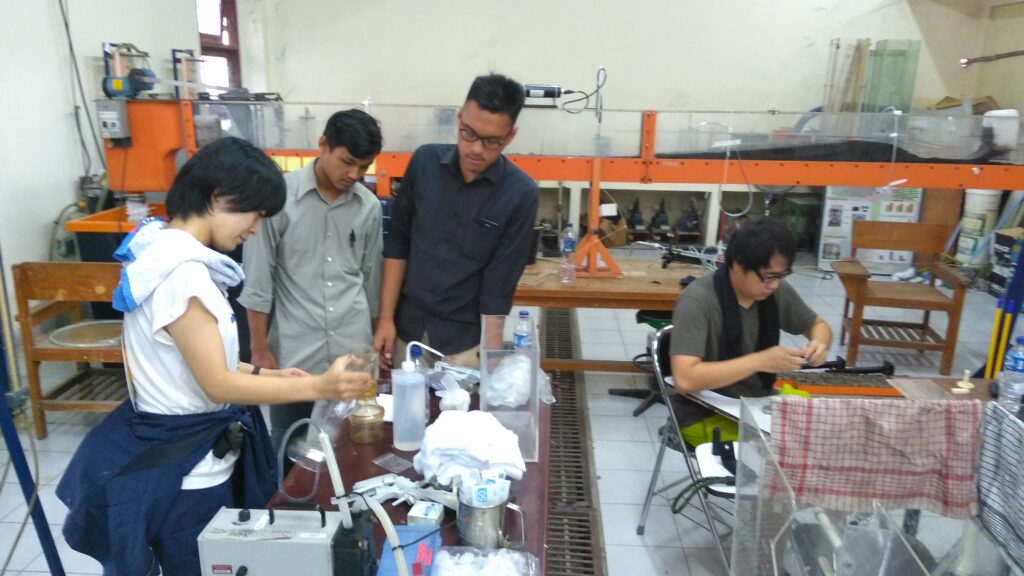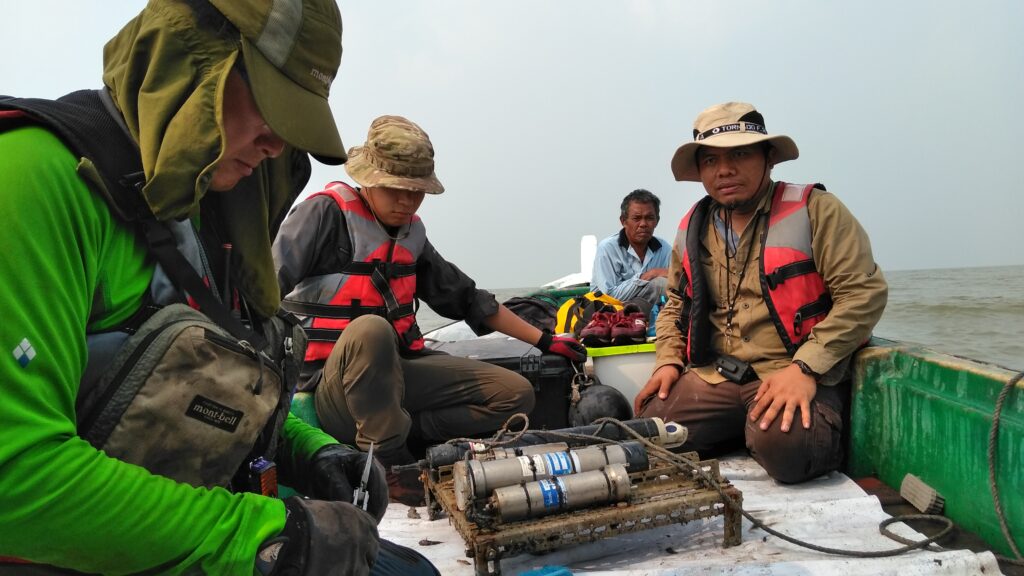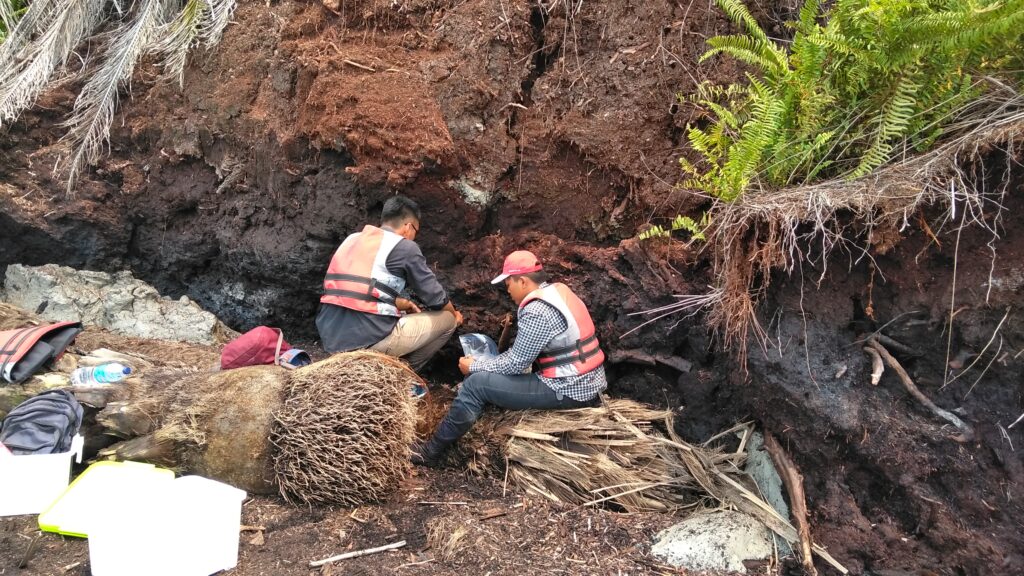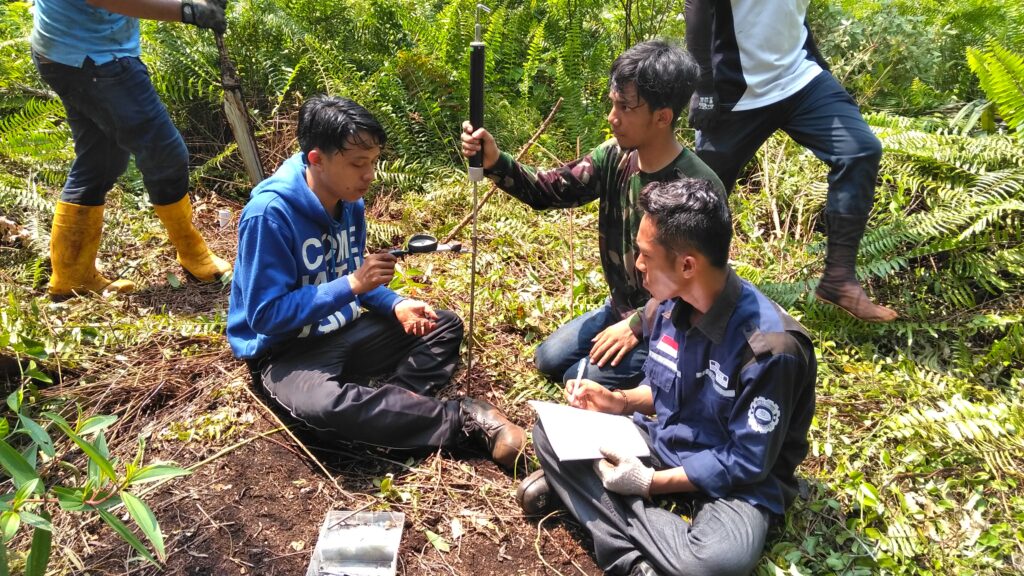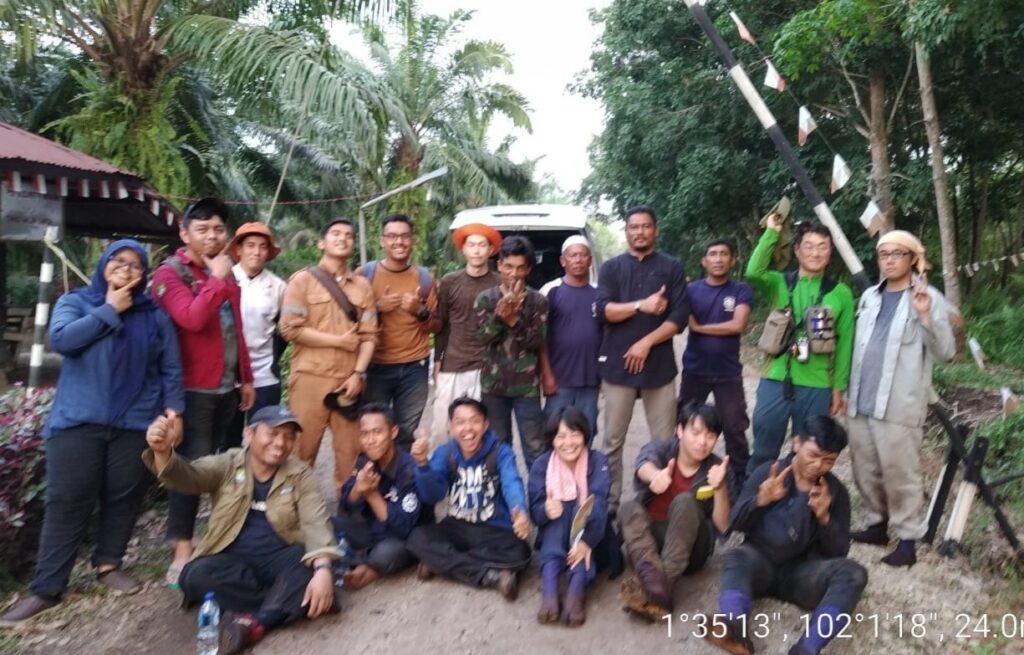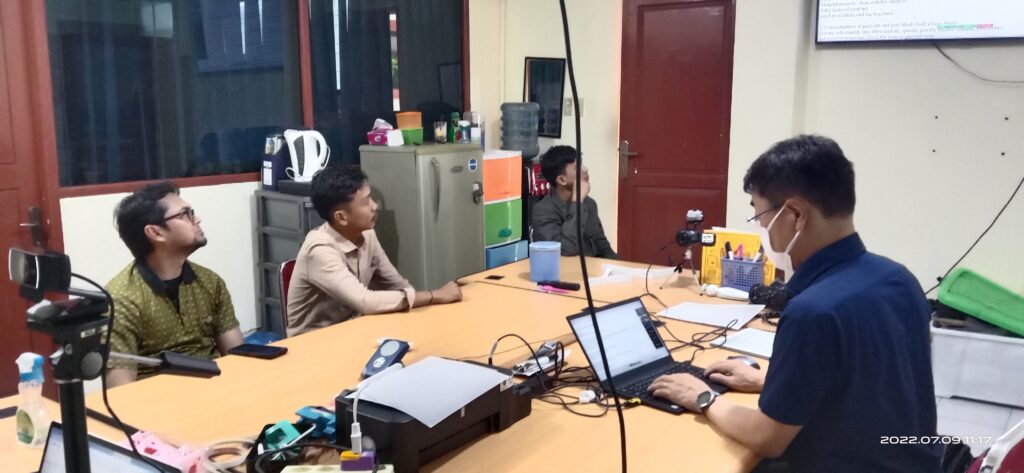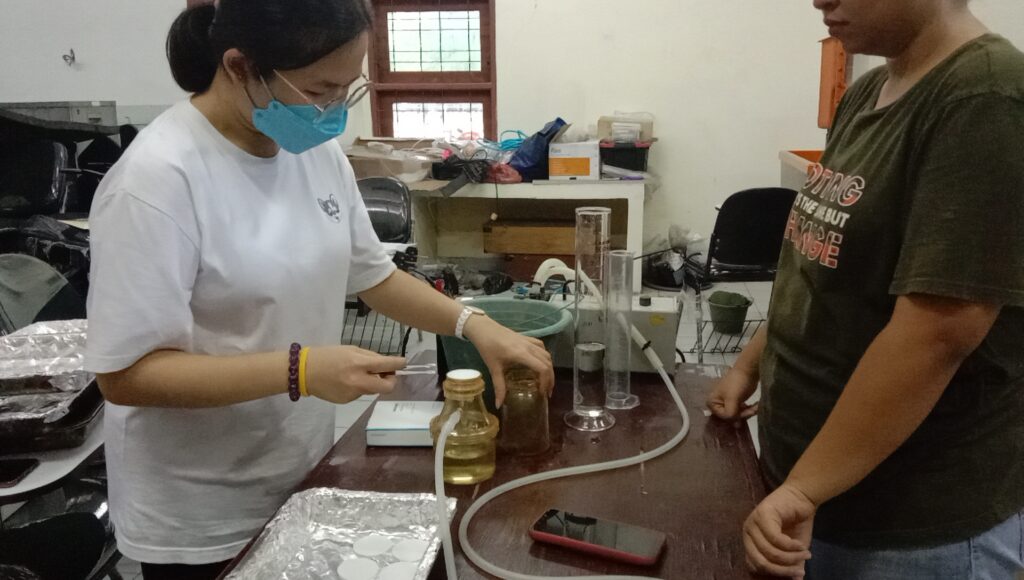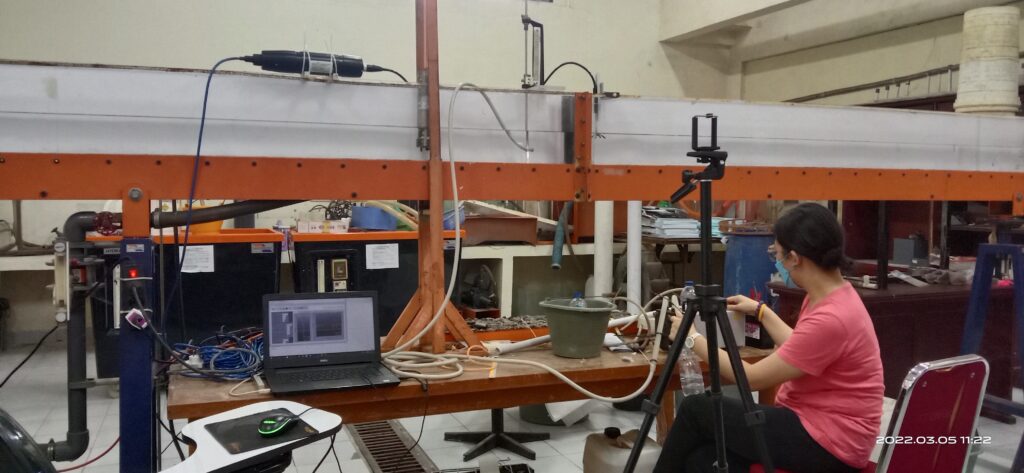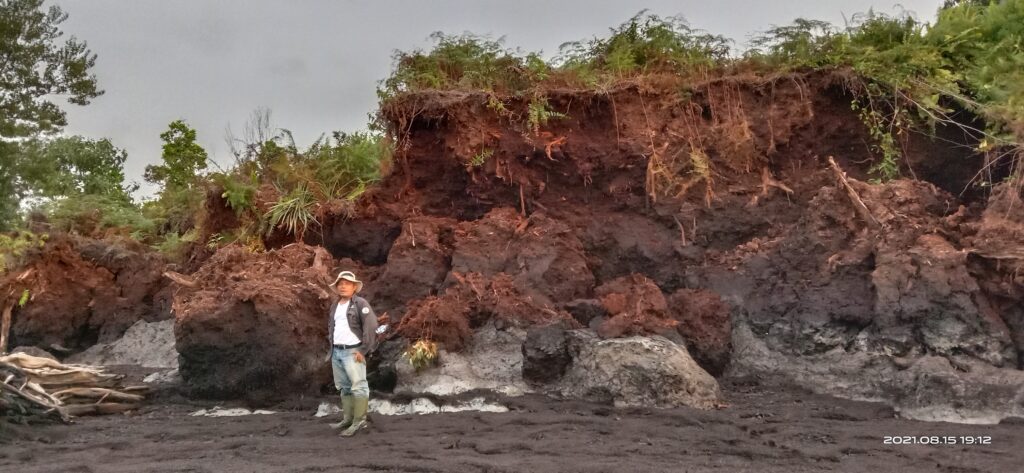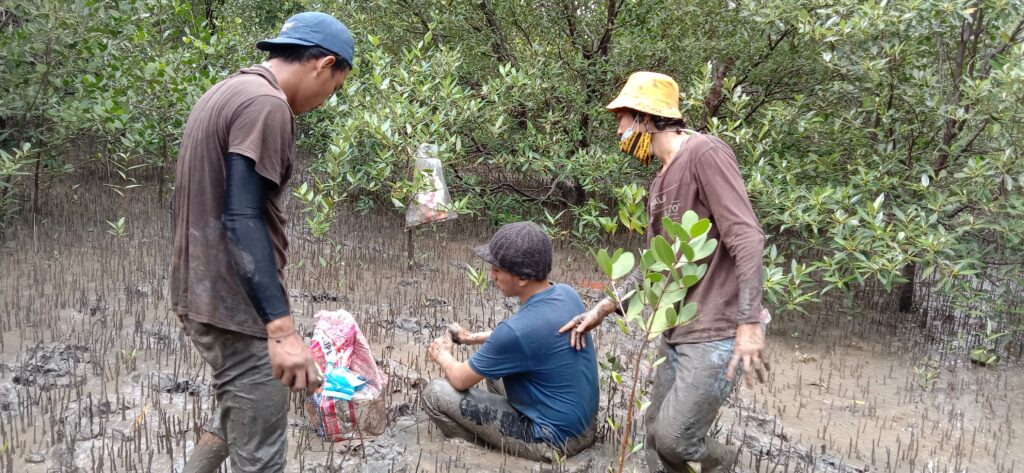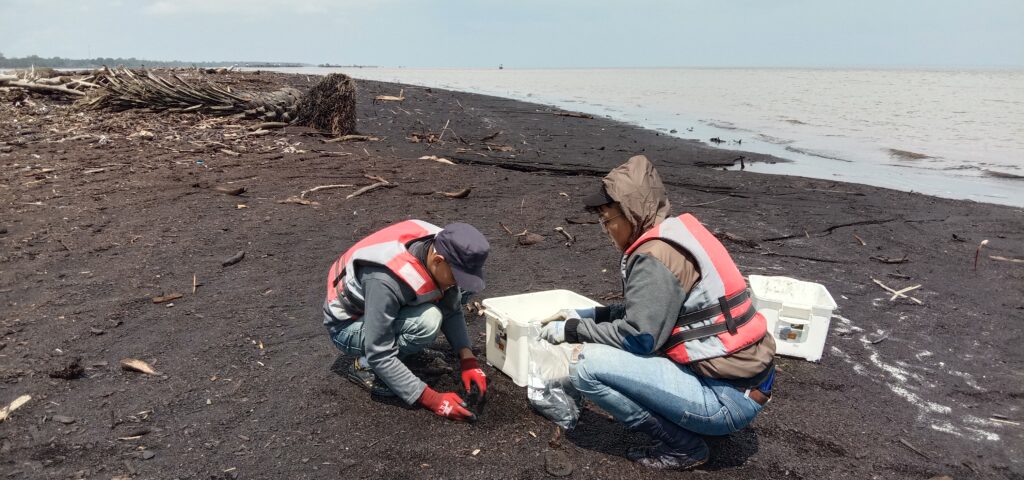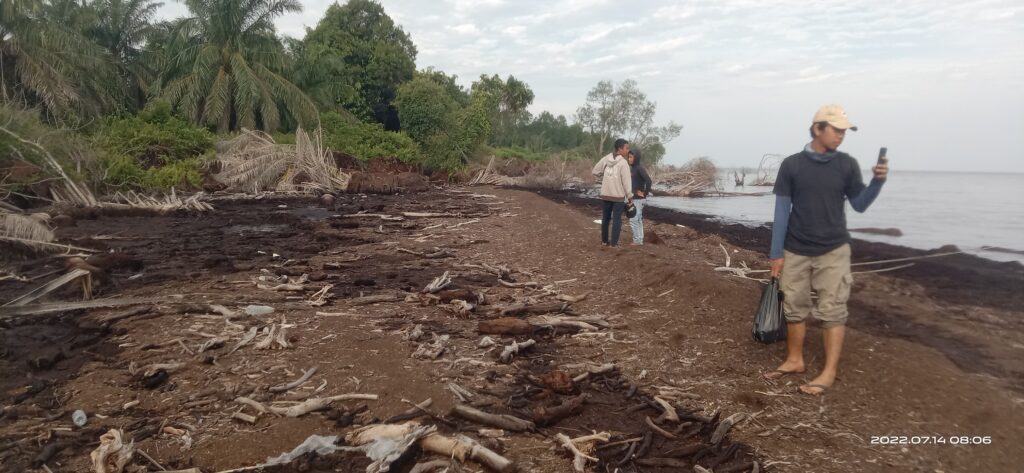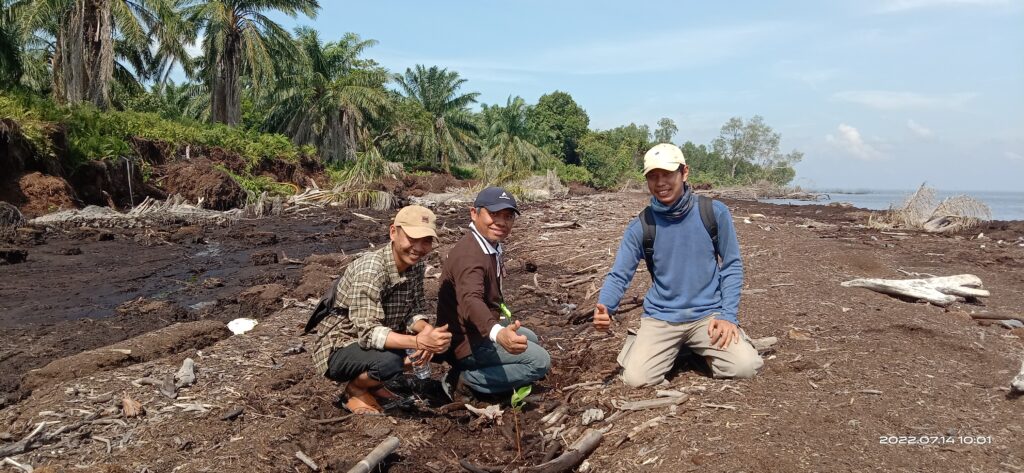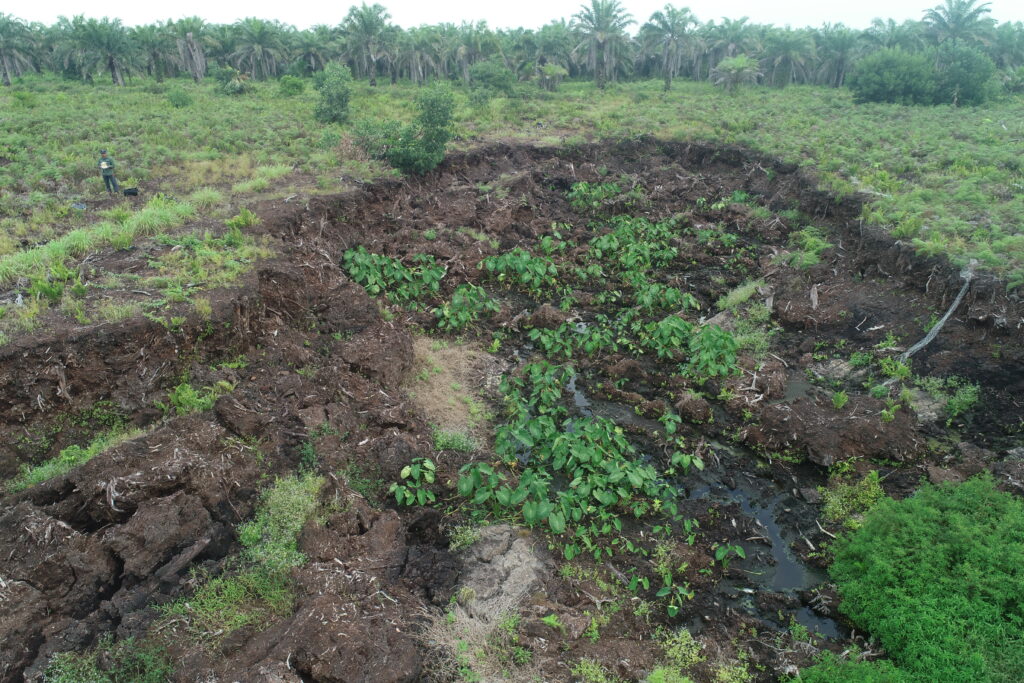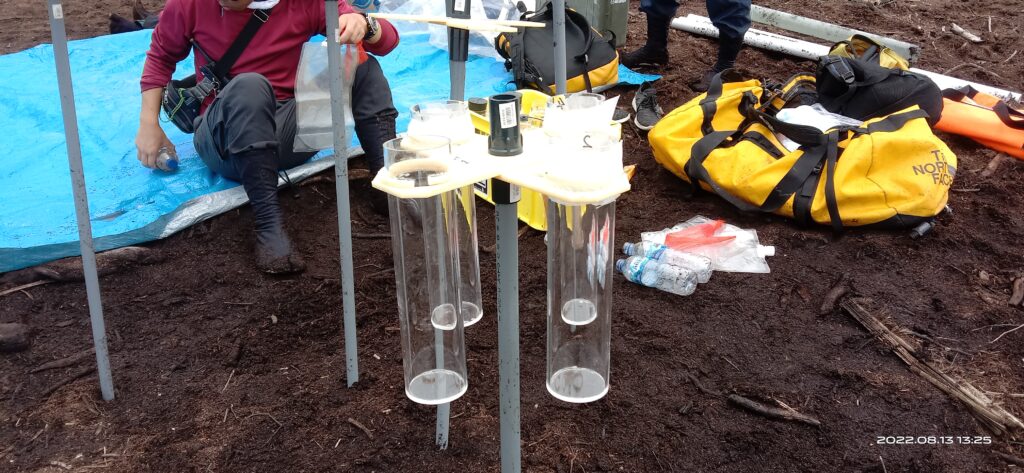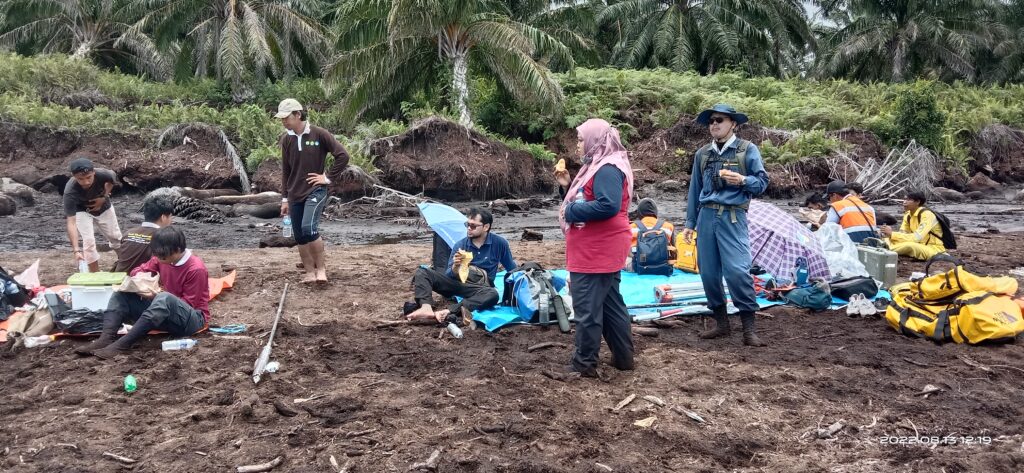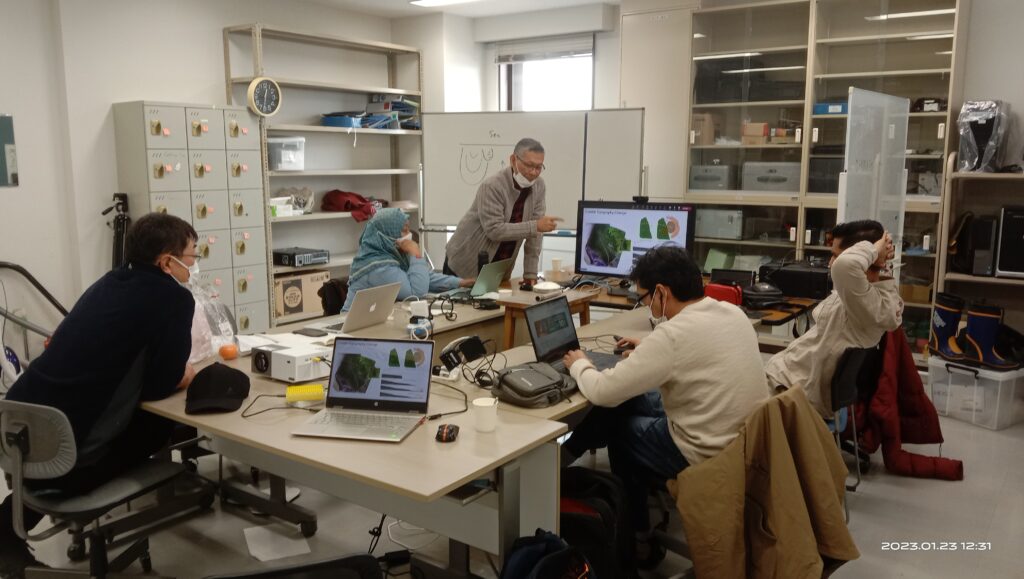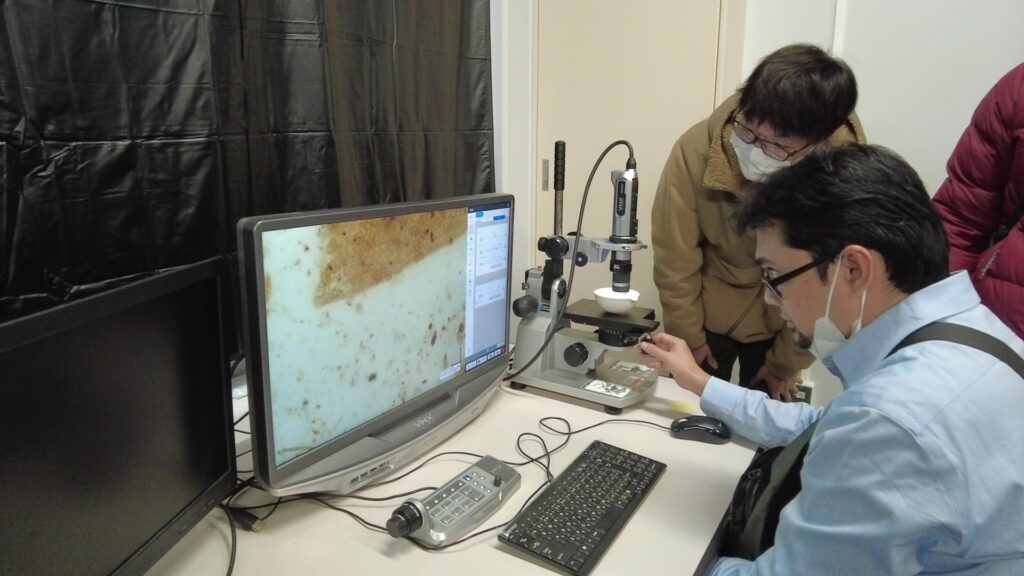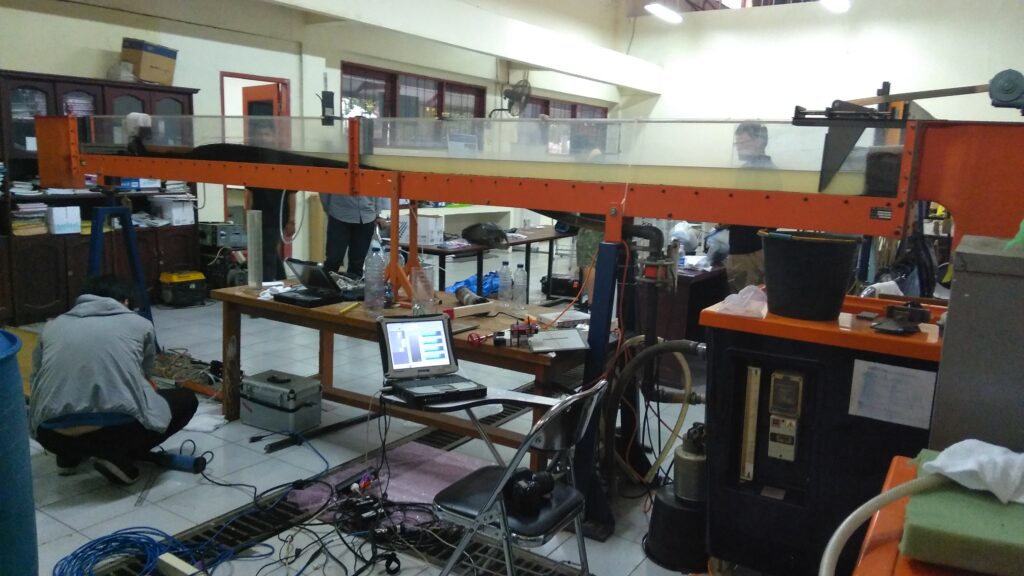2020-2022. Establishment of Coastal Peat Dynamic.
Japan PI: Prof. Koichi Yamamoto, Yamaguchi University, Japan.
Indonesian PI: Dr. Sigit Sutikno, University of Riau, Indonesia (UNRI)
Budget: JSPS-DGHE Bilateral Exchange Project.
Japanese Researchers:
Koichi Yamamoto (Yamaguchi University)
Keisuke Murakami (University of Miyazaki)
Yasuyuki Nakagawa (Port and Airport Research Institute, Japan)
Indonesian Researchers:
Sigit Sutikno (UNRI
Muhamad Yusa (UNRI)
Ahmad Muhammad (UNRI)
Khusnul Setia Wardani (BRIN)
Hendra Saputra (Politeknik Negeri Bengkalis)
Noerdin Basir (Politeknik Negeri Bengkalis)
Description
Coastal peatland is distributed along the coasts of eastern Sumatra, southern Kalimantan, both sides of Peninsular Malaysia, and the Bornean part of Malaysia. Coastal erosion and peat failure (peat landslide) problems have been occurring continuously during at least the last 30 years along the coast of eastern Sumatra, particularly the part facing directly the Malacca Strait. Universitas Riau, Politeknik Negeri Bengkalis, Badan Informasi Geospasial (BIG), and Yamaguchi University have been collaboratively studying this issue since 2013. We found that the contribution of coastal erosion to the loss of peatland area in Riau Province was reaching 160 ha/year (Kagawa et al. 2017). In the extreme case, the coastal setback on Bengkalis Island has reached 30 m/year (Sutikno et al. 2017). During the last 15 years (2000-2015), the island has lost a total area of 478 ha due to coastal erosion, which was equal to a peat loss of 21.7 Mm3 or 1.27 Mt of carbon (Yamamoto et al. 2016). However, some of the eroded peat material was deposited elsewhere, forming peat-blanketed tidal flats (Yamamoto et al. 2017, Yamamoto et al. 2019). On the northern tip of the island, the such tidal flat has even facilitated the establishment of mangrove vegetation.
The transport and deposition of peat material in the tropical coastal area is a unique phenomenon that has apparently never been explored until nowadays. Most studies have focused on the transport and deposition dynamics of sediment of cohesive and sandy material (Nakagawa 2018; Murakami 2019), since coastal areas with cohesive and sandy beach, which are more common in the world. It is therefore very important to understand the basic characteristics of coastal peat sediment dynamics in order to countermeasure the problems triggered by this degradative process. The proposed study is expected to elucidate the process as well as the impacts of coastal peatland degradation, especially in the tropical world.
The main purpose of this research is to establish the dynamics of transport and sedimentation of peat particles as well as the effect of this process on biotic communities in coastal area. The research will be implemented through continuous monitoring in the field and through physical and numerical modeling of peat sediment dynamics. The field work shall include mooring observation of the mechanical behavior of the sedimented peat and sedimentation process in the coastal area, and the characteristics of peat tidal flat ecosystem. Physical and numerical modeling of resuspension and deposition of the suspended peat, the transport of peat particles and peat tidal flat developing process, and the structural and non-structural countermeasure simulation shall complement the results of direct observations in the field.
While the main scientific achievement of the proposed research project shall be the establishment of the dynamics of transport and sedimentation of peat particles in coastal areas, it is also expected that it will promote collaborations between Indonesian and Japanese researchers as well as between Indonesia researchers, particularly in understanding the issue of coastal peatland erosion and developing the mitigation technology. We hope, the research will help upgrade our hydraulic laboratory at Universitas Riau, so that it can support high-quality researches.
Research Activities
